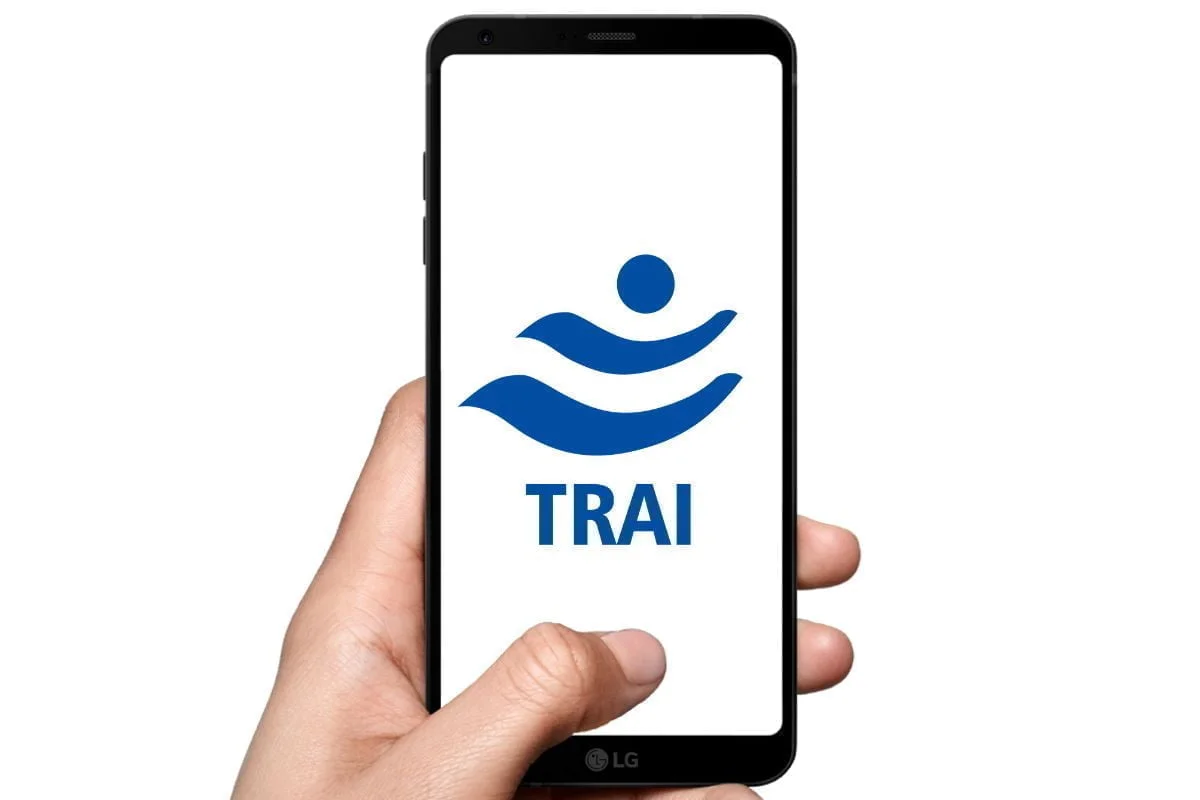
The Telecom Regulatory Authority of India (TRAI) released revised regulations titled The Standards of Quality of Service of Access (Wirelines and Wireless) and Broadband (Wireline and Wireless) Service Regulations, 2024. These regulations are applicable to Access (Fixed and Mobile) and Broadband services, TRAI said.
Also Read: TRAI Clarifies: No Charges for Multiple SIMs in Proposed Numbering Plan
Key Changes and Implementation Details
Effective October 1, 2024, the new regulations consolidate and replace the older standards for Basic and Cellular Mobile Services, Broadband Services, and Wireless Data Services. This move aims to address the current technological landscape, including technologies such as 4G, 5G, and high-speed broadband services on fibre, and ensure high-quality service delivery amid rapid advancements in telecom technology.
With the new regulations, service providers are now required to display technology-specific (2G/3G/4G/5G) mobile coverage maps on their websites to enable consumers to make informed decisions.
Enhanced Transparency and Reporting
Additionally, to ensure transparency in QoS performance reporting, service providers have been mandated to publish QoS performance data on their websites.
The benchmark for latency parameters has been aligned with global standards, and new parameters for jitter and packet drop rate have been introduced.
To address network issues, the QoS performance of mobile services will now be monitored monthly instead of quarterly, TRAI said. To ensure a smooth transition to the new reporting standards, service providers have been given six months from the effective date of regulation.
Furthermore, to gain insights at a granular level, TRAI will now collect performance data against certain parameters, such as network availability, call drop rates, and voice packet drop rates in uplink and downlink, on a cell level.
Also Read: TRAI Advocates Both Passive and Active Infrastructure Sharing in Telecom
Benchmark Updates and Performance Monitoring
For stricter benchmarks, TRAI has introduced a gradual tightening of benchmarks for network availability, call drop rates, and latency over the next two and a half years. The transition from average to percentile basis for key QoS parameters aims to better detect performance issues.
As part of enhanced reporting requirements, TRAI has introduced new reporting parameters, including significant network outages, jitter, and SMS delivery success rates.
These revised regulations are designed to improve the quality of telecom and broadband services, reflecting technological changes and the need for enhanced consumer protection, TRAI said.















